How important is client-focused design? 17 creative pros decide
Top designers discuss how important is it to you to keep your clients happy.
Top designer Paul Boag once tweeted:
So how important is it to you to keep your clients happy? We asked 17 creative professionals for their thoughts.
01. Mark Boulton
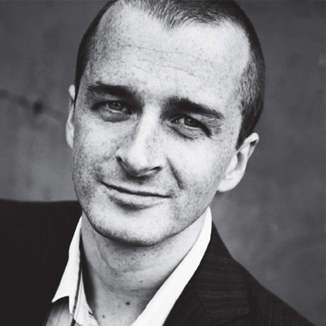
Most of us design products (websites, applications, stuff) for clients for money. We're providing a service, and with that comes values associated with the service industry. One of those is that we have to work with people - in this case, our clients - to make sure we do the best, and most appropriate, work we can within the constraints of the project.
Keeping clients happy is often tied to communication. Yes: talk to your clients regularly. When things go wrong, don't hide, but come clean and talk about it. Good client relationships are like other relationships: they have to have a strong foundation of mutual respect and trust, if they don't things can get rocky.
For me, it's not so much about keeping clients happy. If you do your job well, to the best of your ability, then happy clients are, and should be, a by-product of that. If you're spending time trying to make them happy, then have a good look at the project, your work and your
process, and I'll guess that something isn't working as well as it should be.
Mark Boulton is creative director at Mark Boulton Design
02. Jonathan Smiley
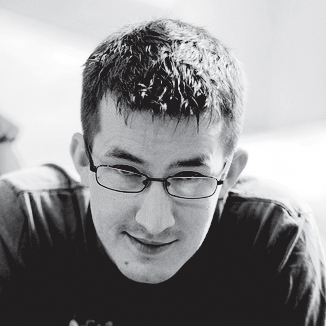
For consultants, keeping clients happy is our job. The trick is how we keep them happy, and it's not by just doing what they want. Clients will be happy when we do great design work for them, design that helps their business and their customers. That sometimes means we have to make clients happy by challenging them, which can make them...unhappy. Briefly.
Get the Creative Bloq Newsletter
Daily design news, reviews, how-tos and more, as picked by the editors.
Jonathan Smiley is a design lead at ZURB
03. Rachel Shillcock

Sometimes I think we can get carried away with the latest fad, trend or way of designing. Designing in the browser is one example...whilst this is becoming more and more popular, I know a lot of clients that would be unhappy for development to start on a site without saying how many of the pages will look, where elements are tied together using colours, branding, wording and more. Of course, we should never put out work that we are not happy with but more and more we need to make sure that our clients needs and wants are met first, followed only second or potentially third, if you count the user’s needs, by your own preferences and choices. In my opinion, if you don't have happy clients then you shouldn't be happy yourself with the work you're doing and putting out there.
Rachel Shillcock is a freelance web designer
04. Rob Walker
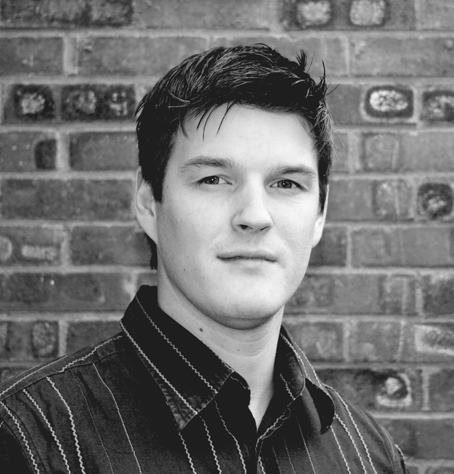
It's more important to keep our employees happy, because the happier they are the happier our clients will be.
Being 'right' about a design comes from many factors such as realising the client objectives – ie does the design reflect the brand values, are the key messages clear – as opposed to creating 'pretty pictures' which the client may like to dislike.
Producing work that is 'right' and does a great job of achieving the client’s objectives is really what it’s all about. To bring this back to the point, if the employee is happy with what they produce and they are proud of it, then this is exactly what they should be focusing on.
Producing design work to keep clients happy is sometimes completed to the detriment of the key objectives, but … clients are always right, aren't they?
To bring another point in to this question, I actually think Paul’s tweet related to something Eric Reis mentioned in a talk recently about employees producing work to impress their boss in order to achieve promotion or a salary increase. This is a huge culture problem. Employees should work because they’re happy and proud of what they do, rather than to get paid. Everyone has to be paid of course, but internal reward should be the drive to personal success, rather than trying to impress your boss. Why are we on this Earth after all?
Rob Walker is managing director at Xcite Digital
05. Gavin Elliott

It absolutely depends on the type of work you're doing. Generally your client isn't your end user, the end user is effectively the client's client. Design is heavily subjective so designing to the personal requirements of a client is dangerous ground. I believe any good designer can research and plan and then communicate in detail to their client as to why the design need not be right for them but will be for their clients.
My thinking on this is that job satisfaction need not come from producing design the client loves, but more that you've created great tangible design that delivers the requirements of its purpose. It could be there to delight, to provide intrigue or, as most designs are, to make money for people.
I think I understand where Paul is coming from, and believe if this is directed to the likes of Dribbble et al, then yes, getting the most 'likes' isn't effective design.
Gavin Elliot is a freelance designer
06. Dan Frost

Clients are happy if their users are happy. Peers are there to keep you on your toes but not to keep things the same. If the users like it but your peers don't, then you're doing something right.
Dan Frost is technical director at 3ev
07. Anna Dahlstrom

If we are designing something in a certain way just because we love it, then we're doing it wrong.
However, a design that pleases the client isn't necessarily a design that pleases their customers and stakeholders. It is our job to ensure that all parties receive the end product they need, which can mean a few tricky conversations, but the goal should always be to produce something that each party is proud of, including the team who worked on it. That's what will produce the most successful long term relationships.
Anna Dahlstrom is a freelance user experience designer
08. Chris Coyier
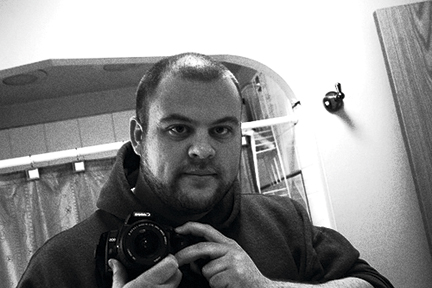
I like the sentiment of Paul's tweet. Let's break it down by the possibilities.
The easy ones:
- You like design/client likes design - The ideal state!
- You dislike design/client dislikes design - You should have never shown it to them.
- You dislike design/client likes design - You should have never shown it to them.
The harder one:
You like design/client dislikes design - Ask yourself why you like it. Do you just like it aesthetically? Or do you genuinely think it's good design (and all that encompasses)? If it's good design, you should be able to defend it and explain to your client why it's going to work. If you like it for any lesser reason, you probably know you are fooling yourself. If not, you need to adjust your thinking about what design is.
Chris Coyier is a web designer working at Wufoo
09. Mike Buzzard

We feel that it's critical to listen to your clients in order to gain a solid understanding and confirmation of their needs. Ideally, if the designer's execution can satisfy the client's needs, surpass the designer's expectations, and inspire a community, then that's a perfect outcome for everyone. While this is typically not practical for each and every project, we believe that a focused effort for such a rich balance should be imagined and practised by every creative professional.
Mike Buzzard is design manager at Google and co-founder of Cuban Council
10. Aral Balkan
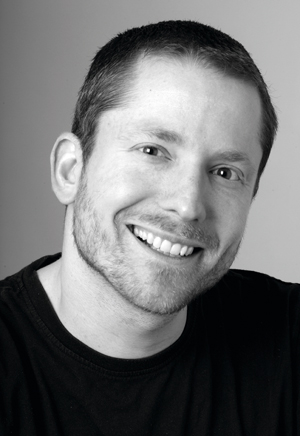
Design is not about keeping clients happy, it's about keeping users happy. You may keep your clients happy by doing whatever it is they ask in the short term but if their users reject the product they will not be happy in the long term. Remember that your client is not always also your user. Your task as a designer is not to make your client happy, it's to make objects that inform, empower, engage, amuse, and delight the user. Anything else is simply short-term thinking.
Aral Balkan is a designer, developer, professional speaker, teacher, and author of the Feathers iPhone app
11. Elliot Jay Stocks
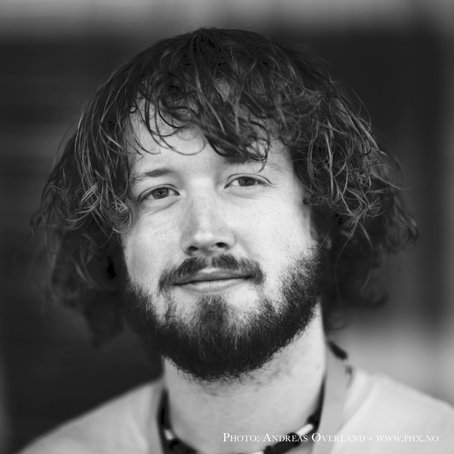
I see what Paul means, because you could argue that if you're not pleasing your client, then you're not doing the job you're paid to do, but I don't think that's necessarily related to job satisfaction. You could very easily please every single one of your clients whilst having an utterly miserable time yourself, and why would you want to do that? I always say that you spend the majority of your waking hours working, so make sure your work is something you love. And loving what you do is often not related to client satisfaction at all!
Elliot Jay Stocks is a designer and illustrator
12. Richard Rutter

It's obviously vital to keep your clients happy - you'll soon run out of clients if you don't. Keeping clients happy and being proud of the designs you create need not be at odds: in fact they should be mutually inclusive.
Designers should always do work they are proud of. That pride comes from the design process itself - knowing the problems which have been solved - and knowing the end result is right for the client.
No design needs to be ugly, but not all designs will win competitions or feature in showcases, both of which take a design completely out of context and present it as a purely aesthetic achievement (and therefore no longer 'design' but merely 'art').
A good designer takes user-centred approach to design, not a peer-centred approach. Any designer worthy of the name will take satisfaction from that, not from winning some shallow beauty competition and handful of retweets.
Richard Rutter is co-founder of Fontdeck and Clearleft
13. Trent Walton
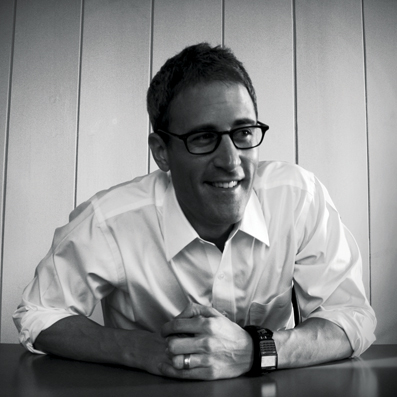
If you are in client services, isn’t this precisely where the buck stops? Unhappy clients don’t remain clients for long. Successful client work isn’t necessarily about warm fuzzy feelings a client might have when he sees a design, but instead, it relies on the building of mutual respect and trust through a highly collaborative process. This is where clients articulate problems and goals and we (as consultants) propose solutions, then listen to feedback and refine accordingly. I find that both parties are most happy when that process, and thus the subsequent work, is successful.
But don’t we already know this? I think most in our field do and probably wouldn’t agree with a generalisation that I or my professional comrades need to realign our thinking, at least not in this department.
Trent Walton is founder of Paravel
14. Nathan Smith

I have heard it said, in various ways: "Art is meant to be appreciated and admired, but design is meant to be used." Ultimately, design is about solving problems. If you are only ever designing in an attempt to impress your peers, you are basically fabricating "art" in order to evoke a response that will boost your ego.
To answer the question: I think it is important to make your clients happy, if in so doing, you are also designing with the end-user in mind. If you are simply making your clients happy, but are not addressing the needs of how a design is to be used, then your clients will likely soon become unhappy - once they realise the wrong thing has been designed.
I would challenge designers to take the discovery process beyond "What does the client want?" and explore "What does the user need?" That will affect the client's bottom-line, and could lead to a fruitful relationship of ongoing happiness. Who knows, perhaps consistently
designing things that people enjoy using just might lead to respect amongst your peers as well. Such admiration should be a biproduct of good design though, not the focus.
Nathan Smith created the 960 Grid System
15. Shane S Mielke
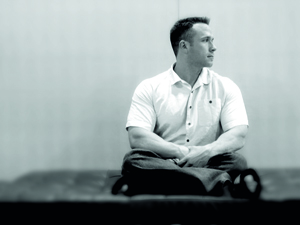
In perfect world, both you and the client are happy. The ideal client lets you meet their goals by allowing you to infuse your ideas, vision and style into the project without micromanaging or tweaking all of the tiny and unexplainable details that come from years of experience and intuition. Sometimes they will make a bad request that goes against your recommendations. Knowing when to compromise for the client is just as important as knowing when not to. It’s hard to tell a client they’re wrong but sometimes it’s the only way to gain their trust and respect. At the end of the day the clients pay the bills and without them we would have not have the jobs or creative opportunities we have. It’s all about them and what they need or want. Do good work. Treat them with respect. Meet their goals. Finish projects on time and on budget and it’s likely you’ll get more work.
Freelance designer Shane S Mielke was formerly designer and creative director at 2Advanced
16. Robert Mills
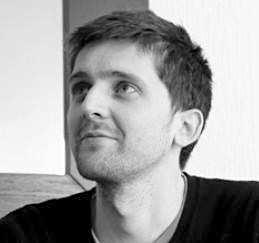
At Bluegg we pride ourselves on keeping clients happy but we also believe that they come to us for a reason: our expertise in design. We usually have the sort of relationship where clients trust us and so design that we love is design that they also love. We're not afraid to say no to clients if we think there is a better way of doing something and will always offer a solution. If we don't love what we do then it offers challenges. There will always be some projects where creativity is stunted by guidelines and prescriptive briefs but to keep the balance we have internal and side projects that allow us to really flex our creative muscles. So of course it is important to keep clients happy as we are service providers but by nurturing relationships with them we can stand our design integrity ground which in most cases, clients respect.
Rob Mills is studio manager of creative agency Bluegg
17. Mark Kirby
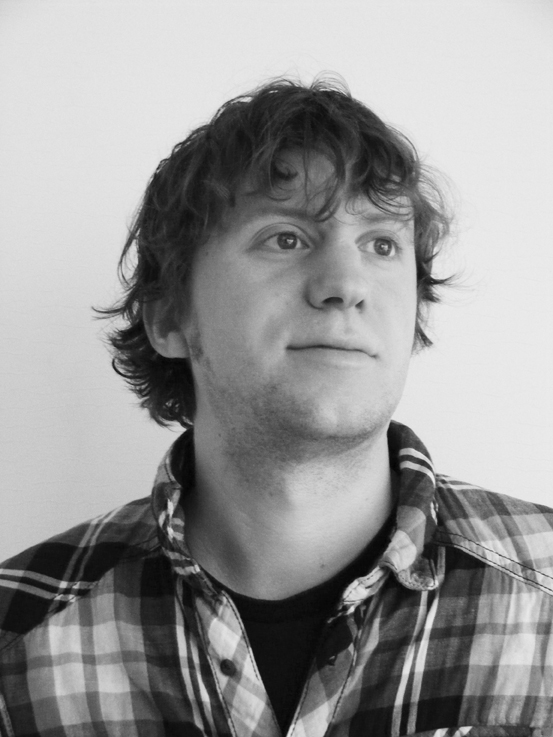
Pleasing customers is fundamental to any business and producing a design clients love is key to getting repeat work and new leads. We mustn't forget to also produce designs that also serve their customers’ needs. Striking a balance between pleasing clients and producing designs that work for their customers is enough of a challenge, producing something our peers love as well is a luxury we can't afford, unless it is a by-product of a great design that is fit for purpose.
Mark Kirby is a user-focused mobile developer
This feature was originally published in net magazine and has been updated for relevance and accuracy.
How important do you think it is to keep clients happy? Tell us in the comments below!

Thank you for reading 5 articles this month* Join now for unlimited access
Enjoy your first month for just £1 / $1 / €1
*Read 5 free articles per month without a subscription

Join now for unlimited access
Try first month for just £1 / $1 / €1

The Creative Bloq team is made up of a group of art and design enthusiasts, and has changed and evolved since Creative Bloq began back in 2012. The current website team consists of eight full-time members of staff: Editor Georgia Coggan, Deputy Editor Rosie Hilder, Ecommerce Editor Beren Neale, Senior News Editor Daniel Piper, Editor, Digital Art and 3D Ian Dean, Tech Reviews Editor Erlingur Einarsson, Ecommerce Writer Beth Nicholls and Staff Writer Natalie Fear, as well as a roster of freelancers from around the world. The ImagineFX magazine team also pitch in, ensuring that content from leading digital art publication ImagineFX is represented on Creative Bloq.
